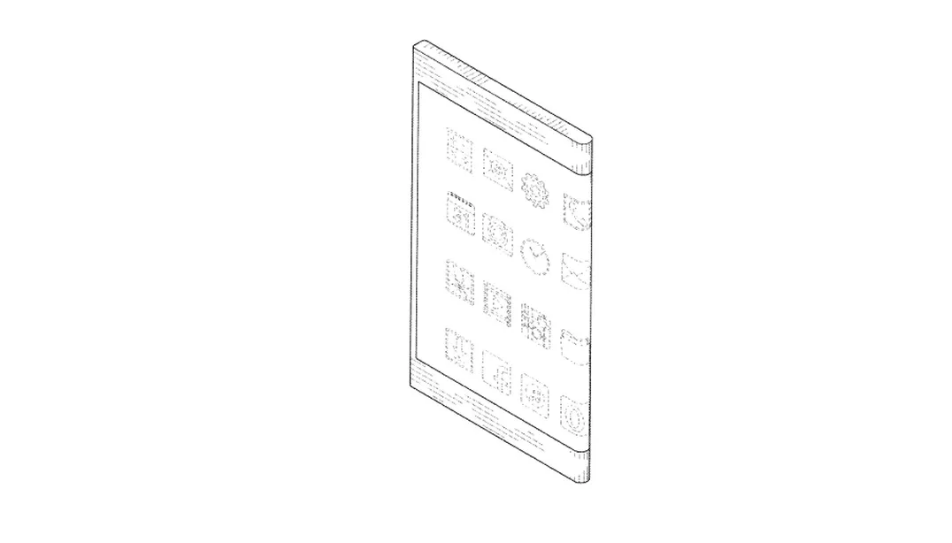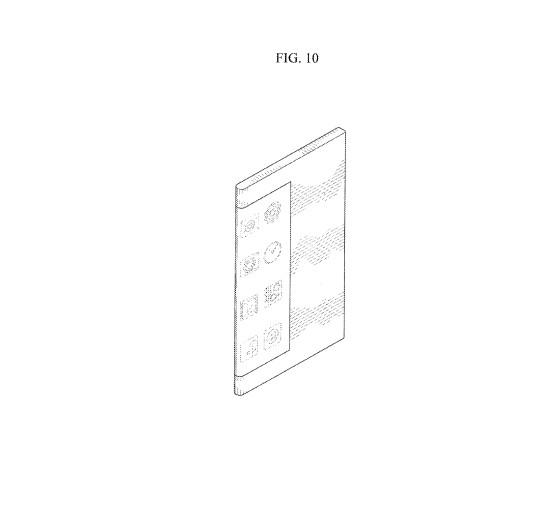The fashions are inherent to mobile photography as they are to so many aspects of a smartphone and one of the most recent and striking is to put triple rear camera, although we are seeing four and even more in terminals this year. Although the really striking beyond the optics are the current and future designs of the rear cameras, which apparently will not cease to surprise us.
In honeycomb, in "traffic light", excelling ... The options are diverse in order to overcome this current challenge of fitting both a component in such a small space (as explained in OnePlus) and also to differentiate. We review what we can see in the market and what leaks show us in the face of future designs for multiple rear cameras.
One of the manufacturers that has pushed this fashion of the multiple rear camera more is Huawei, with a Huawei P20 Pro that in 2018 boasted triple camera followed by a Huawei P30 Pro that does it with four this year. The design was familiar to us, since that third camera followed the vertical scheme for the double camera that we had seen in many smartphones before, although the Huawei Mate 20 Pro changed it by opting for a kind of central tile including the flash and remaining as a dice.
The fourth camera, starring the integration of a Time of Flight or ToF sensor (another of the most recent fashions) has not forced the manufacturer to change at the moment, since in the Huawei P30 Pro we see a design similar to that of its predecessor. But yes, apparently the next Mate 30 Pro will introduce changes in the design of the back to stay in a circular shape, according to the last leaked poster.
Nokia is a manufacturer with solera and it seems that in its new stage with HMD it still has some of that crazy innovation and design spirit. The last sample is the Nokia 9 Pureview, a device that confirmed a design that leaks made us very difficult to believe.
It is a hexagon in which five cameras are fitted, the flash and the depth sensor, so that each one is inserted in one of the vertices of the hexagon and also in the center of it in a double rhombus scheme. Very striking both in shape and number, but unlike many other manufacturers there is no bulge and all this is at the height of the back cover, without protruding and with some subtlety and sobriety within what fits.
In addition to this mobile, the brand's plans could include launching another with a peculiar rear. This is a possible Nokia 7.2 whose alleged photos circulated recently on the network and showed a rear module also circular like that rumored Mate 30 Pro and very similar to the Motorola, as we will see now.
There are two manufacturers whose rear designs bring more expectation for this year by assuming more drastic changes, and coincidentally despite being nemesis they have apparently thought of very similar solutions. We talk about everything that is rumored about the iPhone 11 and what has been leaked and confirmed from the Pixel 4: that outstanding tile-shaped module that reminds a bit of a glass ceramic for its glass finish on black.
In the case of Google it was the company itself that confirmed it last June with a tweet, although without specifying which lenses will integrate that striking module (apparently they are two cameras and a flash). Something similar is said about the next Apple smartphones, with hundreds of renders created by users based on leaks that speak of a triangle arrangement inside this outstanding tile, adding the wide angle to its telephoto lens and its standard lens.
We will see how this evolves. Some of the leaks are repeated and could be confirmed in months, thus seeing a greater diversity in the rear parts and putting into current debate the question of whether the aesthetics and design of these cameras really matter to the end user, given that in the end what really A priority on many occasions is that the photographic scheme gives the versatility and photographic quality that it promises.
In honeycomb, in "traffic light", excelling ... The options are diverse in order to overcome this current challenge of fitting both a component in such a small space (as explained in OnePlus) and also to differentiate. We review what we can see in the market and what leaks show us in the face of future designs for multiple rear cameras.
One of the manufacturers that has pushed this fashion of the multiple rear camera more is Huawei, with a Huawei P20 Pro that in 2018 boasted triple camera followed by a Huawei P30 Pro that does it with four this year. The design was familiar to us, since that third camera followed the vertical scheme for the double camera that we had seen in many smartphones before, although the Huawei Mate 20 Pro changed it by opting for a kind of central tile including the flash and remaining as a dice.
The fourth camera, starring the integration of a Time of Flight or ToF sensor (another of the most recent fashions) has not forced the manufacturer to change at the moment, since in the Huawei P30 Pro we see a design similar to that of its predecessor. But yes, apparently the next Mate 30 Pro will introduce changes in the design of the back to stay in a circular shape, according to the last leaked poster.
Nokia is a manufacturer with solera and it seems that in its new stage with HMD it still has some of that crazy innovation and design spirit. The last sample is the Nokia 9 Pureview, a device that confirmed a design that leaks made us very difficult to believe.
It is a hexagon in which five cameras are fitted, the flash and the depth sensor, so that each one is inserted in one of the vertices of the hexagon and also in the center of it in a double rhombus scheme. Very striking both in shape and number, but unlike many other manufacturers there is no bulge and all this is at the height of the back cover, without protruding and with some subtlety and sobriety within what fits.
In addition to this mobile, the brand's plans could include launching another with a peculiar rear. This is a possible Nokia 7.2 whose alleged photos circulated recently on the network and showed a rear module also circular like that rumored Mate 30 Pro and very similar to the Motorola, as we will see now.
There are two manufacturers whose rear designs bring more expectation for this year by assuming more drastic changes, and coincidentally despite being nemesis they have apparently thought of very similar solutions. We talk about everything that is rumored about the iPhone 11 and what has been leaked and confirmed from the Pixel 4: that outstanding tile-shaped module that reminds a bit of a glass ceramic for its glass finish on black.
In the case of Google it was the company itself that confirmed it last June with a tweet, although without specifying which lenses will integrate that striking module (apparently they are two cameras and a flash). Something similar is said about the next Apple smartphones, with hundreds of renders created by users based on leaks that speak of a triangle arrangement inside this outstanding tile, adding the wide angle to its telephoto lens and its standard lens.
We will see how this evolves. Some of the leaks are repeated and could be confirmed in months, thus seeing a greater diversity in the rear parts and putting into current debate the question of whether the aesthetics and design of these cameras really matter to the end user, given that in the end what really A priority on many occasions is that the photographic scheme gives the versatility and photographic quality that it promises.





















/cdn.vox-cdn.com/uploads/chorus_image/image/57288609/vpavic_170912_1993_0010.0.jpg)













